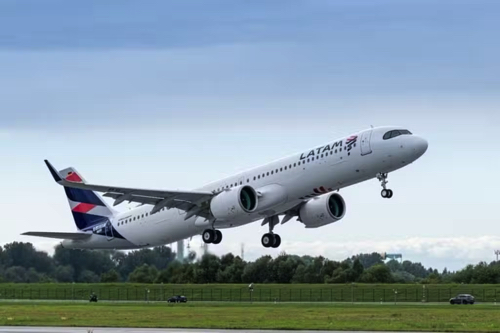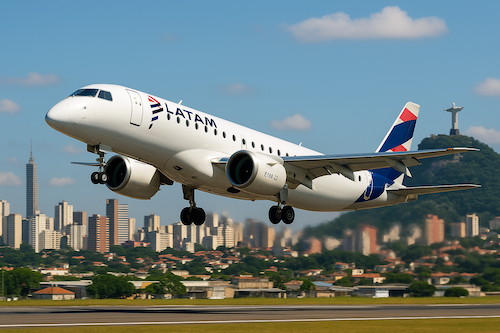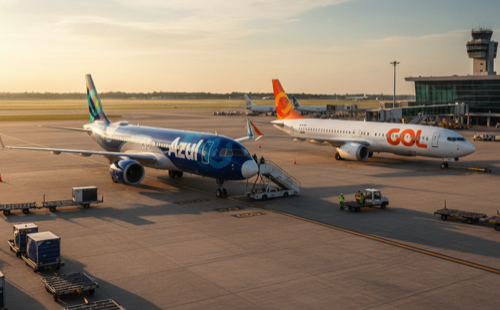Brazilian Aviation Enters a New Phase with GOL and Azul Merger Collapse
After months of speculation, GOL Linhas Aéreas and Azul Linhas Aéreas have officially confirmed the end of their merger discussions. What many believed could reshape Brazil’s airline industry will now give way to a renewed phase of independent strategies and fierce competition.
A merger between the two carriers could have created a powerful rival to LATAM Airlines Brazil, but the collapse of talks highlights the complex realities of Brazil’s aviation market—where financial, operational, and regulatory challenges often outweigh potential synergies.
Why the Deal Fell Apart
Industry sources cite several obstacles that ultimately made the merger unfeasible:
- Antitrust concerns: Brazil’s competition authority (CADE) warned that a merger could reduce consumer choice and raise fares.
- Debt and restructuring: GOL is still navigating its Chapter 11 recovery, while Azul is managing its own financial pressures.
- Operational differences: The airlines operate different fleets and business models, complicating integration.
Strategic Paths Ahead
With the merger shelved, each airline is expected to follow its own growth plan:
- GOL aims to streamline operations, cut costs, and rebuild profitability after restructuring. Expect a tighter route network and focus on its core domestic markets.
- Azul continues to leverage its regional reach and modern Embraer E2 fleet, opening new routes to secondary cities and underserved regions.
- LATAM, with the largest domestic market share, is positioned to consolidate leadership, adding aircraft and expanding its Brazilian network even further.
Impact on the Market
The end of merger talks could ultimately benefit passengers, as airlines compete on:
- Pricing: Expect more promotions and fare wars in key markets.
- Connectivity: Azul’s regional focus will keep smaller cities connected.
- Alliances: Azul may deepen partnerships with United, TAP, and JetBlue, while GOL strengthens ties with American Airlines and SkyTeam.
Looking Ahead
Instead of a consolidated giant, Brazil’s skies will now be shaped by three distinct players—each with unique strengths. The focus will shift to fleet modernization, digital innovation, and customer experience.
Travelers stand to gain from increased competition, broader route options, and improved service as each carrier works to secure its place in a rapidly evolving market.




